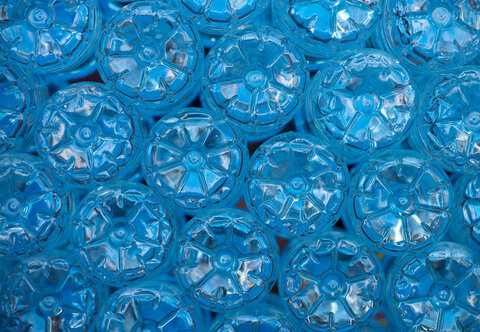What's the best way of dispensing attractants?

Butanone and acetone are dispensed using open bottles of glass or plastic. The bottle can be round or square in cross-section and the height of the bottle, excluding the neck, should be about twice the width. The bottles should be made from stout glass, such as that used with a beer bottle. Plastic is also suitable, provided the polymer is impermeable to butanone. This means that polychloloroethylene is acceptable whereas polyethylene is not. Clear material is preferable to coloured. The bottle should be sealed with a perforated lid, the size of the perforation being 2.5 - 3.8 mm.
Octenol and the phenols are dispensed using sealed bottles made from low density polyethylene; the attractants diffuse through the polyethylene rather than through a hole. The release rate of the attractants is controlled by the size of the bottle and the thickness of its wall. If the dispenser is too small, or the walls are too thick, or the bottle is made from high density polyethylene, then the dispenser will not work. Typical bottles which would be effective have a surface area of 160 - 320 square centimetres and wall thickness of 0.5 - 1.0 mm.
Butanone can also be dispensed using a large (capacity = 500 ml; wall thickness = 1 mm) bottle of low density polyethylene but acetone cannot be dispensed using this type of dispenser.
Cattle urine can be dispensed using glass or plastic bottles but with a far larger opening than that used for acetone or butanone. In general, the aperture needs to have a surface area of 25 square cm.
The Tactics section of Tsetse Plan provides detailed guidance on the design of all these dispensers.
References
Torr, S.J., Hall, D.R., Phelps, R.J. & Vale, G.A. (1997) Methods for dispensing odour attractants for tsetse flies (Diptera: Glossinidae). Bulletin of Entomological Research 87, 299-311.